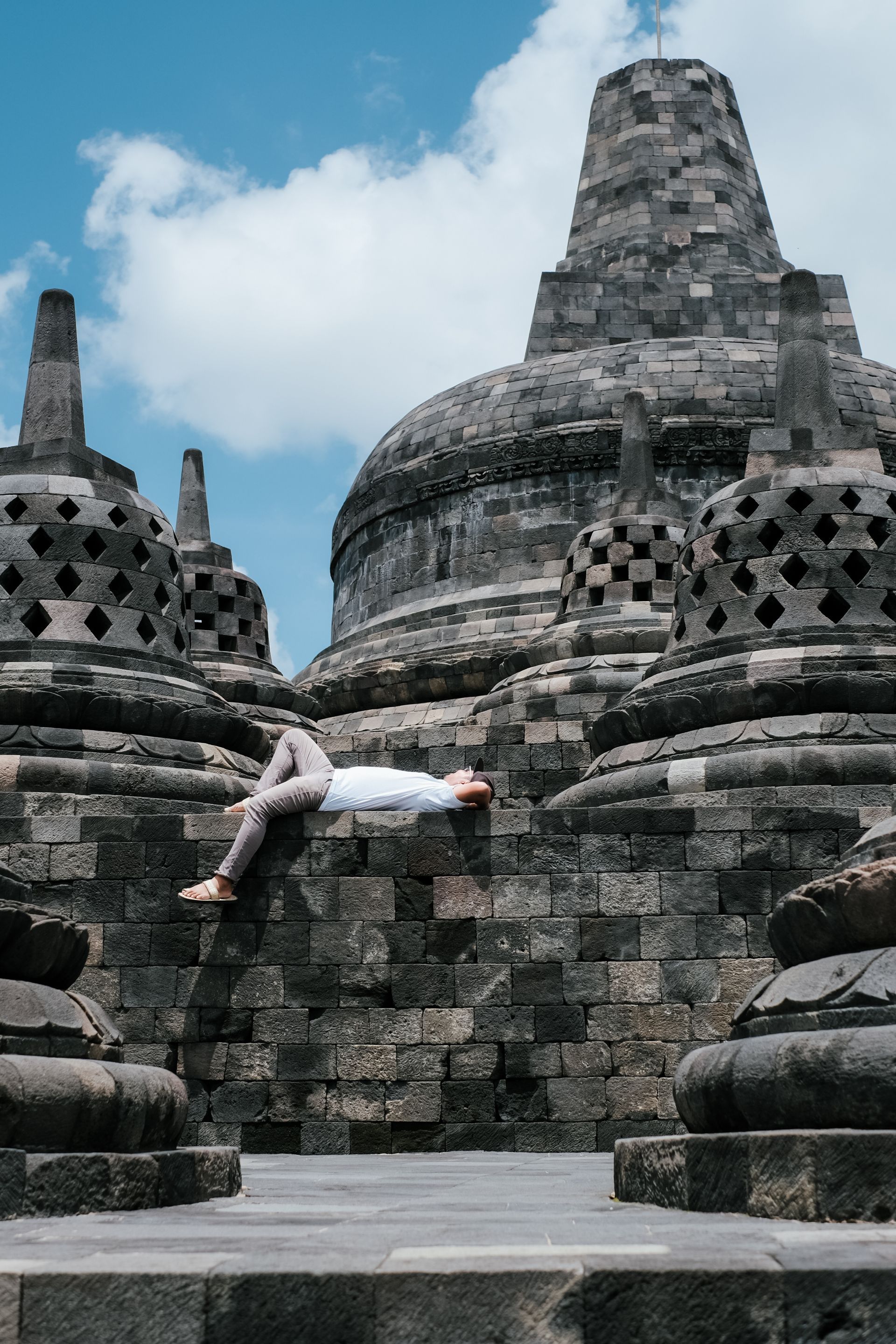Borobudur Tour
Borobudur, located in Central Java, Indonesia, is the world's largest Buddhist temple and a UNESCO World Heritage Site. Renowned for its stunning architecture, intricate carvings, and profound spiritual significance, Borobudur is a must-visit destination for travelers seeking to explore Indonesia's rich cultural heritage.
See Architectural Marvel of Borobudur
Built in the 9th century during the reign of the Sailendra Dynasty, Borobudur is an architectural masterpiece and a must-see destination for anyone planning a Borobudur tour. The temple is designed in the shape of a massive stupa, symbolizing the universe in Buddhist cosmology. It consists of nine stacked platforms—six square and three circular—crowned by a central dome. What makes Borobudur truly remarkable are its 2,672 detailed relief panels and 504 Buddha statues, showcasing one of the most intricate examples of ancient temple art in the world.
Cultural Significance Borobudur
Borobudur is not only an architectural wonder but also a significant cultural and spiritual site. For centuries, it has been a center of pilgrimage for Buddhists from around the world. Today, a Borobudur tour offers travelers the chance to experience this UNESCO World Heritage Site up close, exploring its majestic reliefs and serene Buddha statues. The temple stands as a symbol of Indonesia's rich cultural heritage and religious diversity, reflecting the country’s historical role as a melting pot of different cultures and beliefs.


New Paragraph
The history of Borobudur is a fascinating journey through time and one of the highlights for anyone joining a Borobudur tour.
Construction and Abandonment: Built in the 9th century, Borobudur’s construction took approximately 75 years. Following the decline of Buddhist and Hindu kingdoms in Java, the temple was eventually abandoned and forgotten, buried for centuries under volcanic ash and thick jungle.
Rediscovery and Restoration: In the early 19th century, during the British administration of Java, Borobudur was rediscovered by Sir Thomas Stamford Raffles. Extensive restoration efforts, particularly in the 20th century, helped preserve the temple and restore its grandeur.
UNESCO World Heritage Site: In 1991, Borobudur was officially designated a UNESCO World Heritage Site, recognized for its outstanding universal value and safeguarded for future generations. Today, a Borobudur tour offers visitors not only the chance to admire its stunning architecture but also to walk through centuries of history.
















